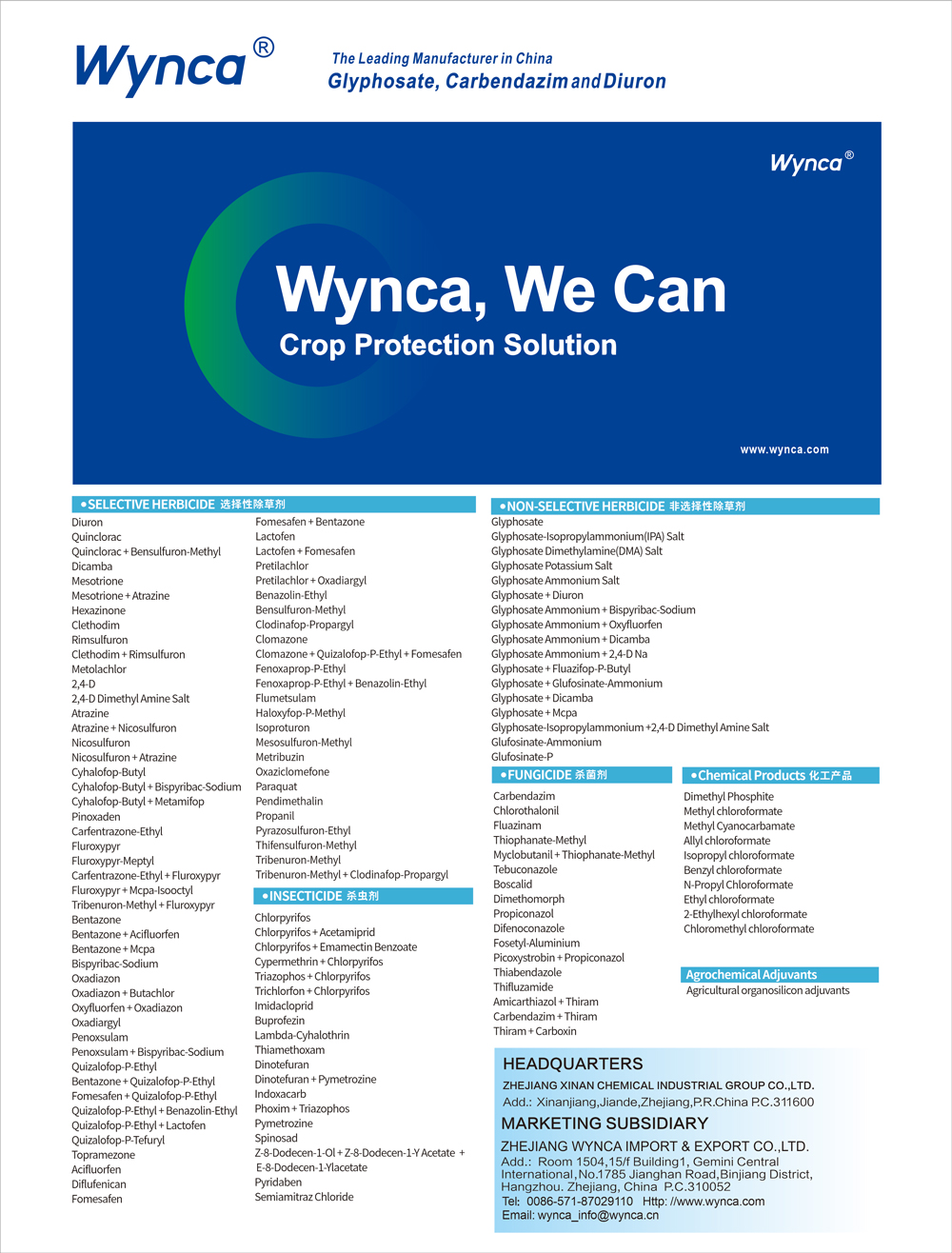CRO Experts Talk Challenges and Developments for Southeast Asia
Scroll Down to Read
By Michele Katsaris
Managing Editor
AgriBusiness Global talked with two contract research organization (CRO) experts about the industry responding to formulation challenges coming to Southeast Asia. Ada Lee addressed challenges in CROs, and Edward Qin gave an update on new developments for the region in 2024.
Three Challenges Facing CROs
 Ada Lee
Ada Lee
Founder and Managing Director
Jinan Sunrise Agrotech Co., Ltd. China
1. Regional Regulatory ImbalancesThere are significant differences in registration and management regulations among different countries in Southeast Asia, resulting in regional imbalances. Investors typically need to meet multiple countries’ requirements, placing higher demands on the coordination ability of CROs. |
2. Unclear Regulations for BiologicalsThe enthusiasm for investing in new active ingredients, especially new biologics, is high. However, regulations on biologics in Southeast Asia are unclear, and many products cannot be clearly defined. For example, biostimulants and plant extracts are currently widely discussed with some countries defining them as pesticides, others as fertilizers, and some having no definitions at all. Developing registration solutions for new biopesticides poses new challenges for the communication abilities between CROs and governments. |
3. Market Entry BarriersDue to the relatively low entry barriers in Southeast Asia, Chinese and Indian manufacturing companies face difficulties in choosing products for the Southeast Asian market. Southeast Asian countries place greater emphasis on product differentiation and innovation, making persuasive market data being the focus of CRO work. |
Four Updates on New Developments for CROs

Edward Qin
Business Development Manager
Staphyt
1. Growth from Indian GLP LabsIndian GLP labs, especially toxicological labs, received substantial business from sponsors aiming to register products in Southeast Asia. These projects are typically homogeneous, often consisting of six-pack projects. |
2. Innovative ProductsThe trend in registration has shifted from generic products to new mixtures or innovative products. This shift has increased the demand for local trials, causing a push for the development of local agencies of trials management. Field trial CROs have been rapidly developing in Southeast Asian countries. |
3. Synergy Analysis of Product LaunchesDue to the similar climate conditions and crop situations across Southeast Asian countries, conducting a synergy analysis for product launches is necessary. |
4. Diversified Registration Requirement and Local PracticesThe varied registration requirements and local practices, such as language barrier, lead CROs in Southeast Asia to form clusters in supporting each other in registration process. • |
